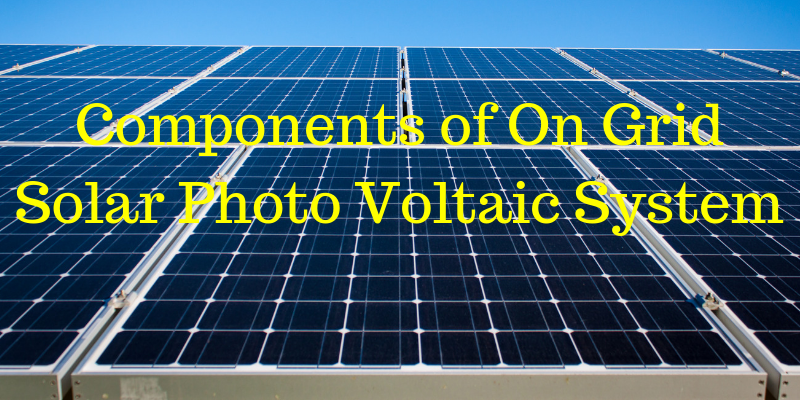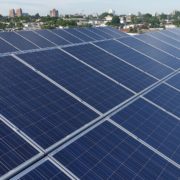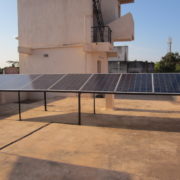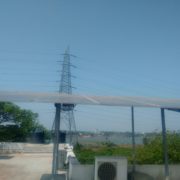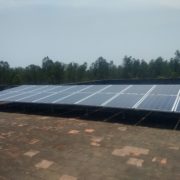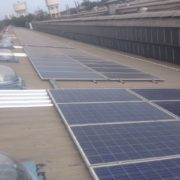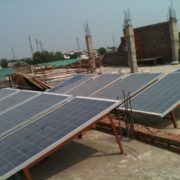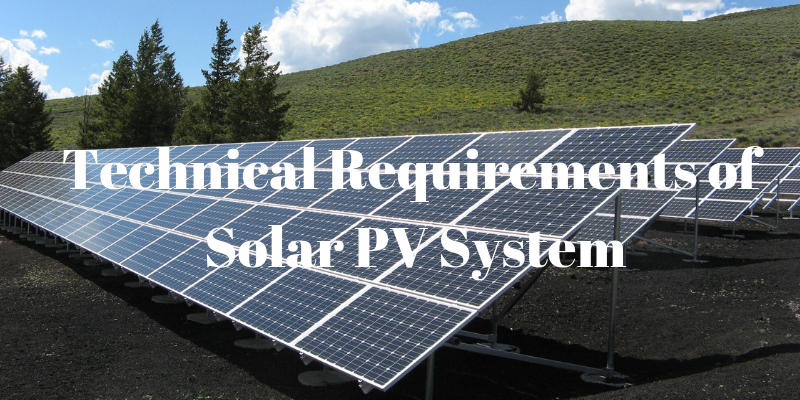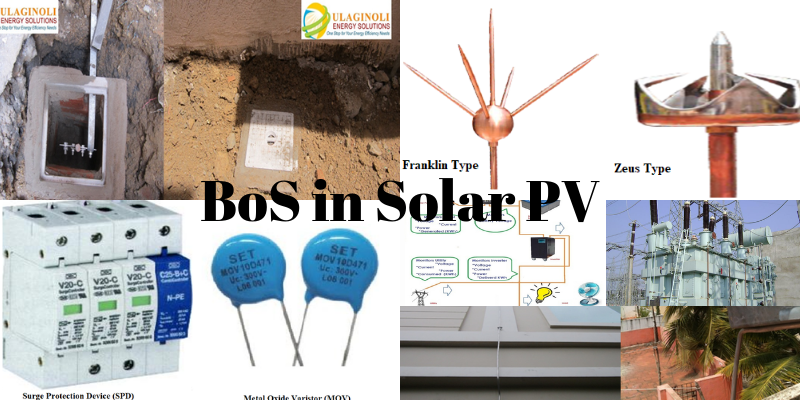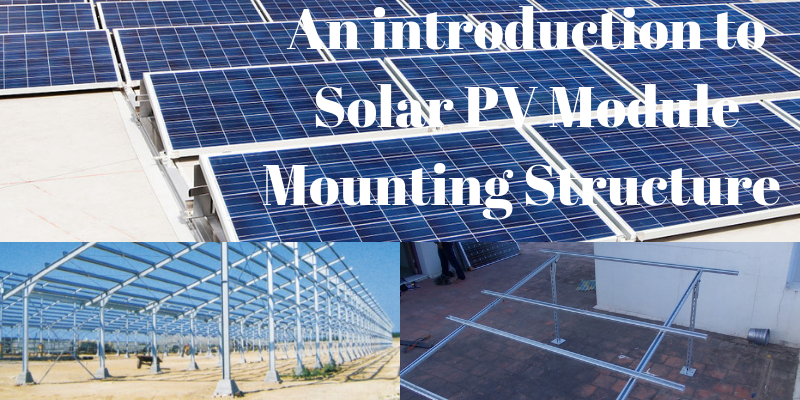Components of On Grid Solar Photo Voltaic System
Solar Power Plants have become immensely popular and many people and private organisations have started installing solar power plants at their roof top spaces. The components of an on grid solar photo voltaic power plant are discussed here.
Read: Types of Solar photo voltaic power generation systems
Generally there are two types of Solar Photo Voltaic Power Generation systems. One is called stand alone, popularly called Off Grid and the other one is the On Grid or Grid Connected.
(For the best view in mobile, rotate the device horizontally)
Stand Alone of Off Grid
These solar systems have batteries apart from the solar panel and the inverter.. The energy generated from the solar panels, which is DC is stored in the batteries. The energy from the battery is converted to AC via inverter and fed to AC loads. These systems give back up when there is a power outage. The system size usually calculated based on the size of the load that are to be connected to this solar system and the required backup hours. For example, if the total load is 1 KW and the required back up is around 3 – 4 hours, then a 1 KW Solar photo voltaic panels with 1 KW Solar inverter and two numbers of C 10 200Ah battery is required. If the load connected is beyond 1 KW, there will be an overload sign.
On Grid or Grid Connected
These systems do not have batteries. They energy generated from the solar panels has to be either used at the instance of generation or exported to the grid. Since there are no batteries, there will not be any backup during the power outages. The total capacity is based on convenience as excess power, if any required is managed from the grid power. The solar power will be first utilised and any extra power required is imported from the grid.
System Components
The On Grid Solar Photo Voltaic system includes the following components.
- Solar Photo Voltaic (PV) array
Solar Photo Voltaic PV array is the part that converts the sunlight into electrical energy. It is made of several silicon solar cells. The solar panels comes with 25 year performance warranty. The first 10 years (12 years from some brands) comes with 90% performance warranty, while remaining 15 years comes with 80% performance warranty.
Read: Components of a Solar Photo Voltaic Panel
- Module mounting structure
The module mounting structure or Solar PV array structure is made of aluminium or Galvanised iron. These structures are used to mount the solar modules. Since the solar panels lasts for 25 years, the module mounting structure should be strong enough to withstand for 25 years.
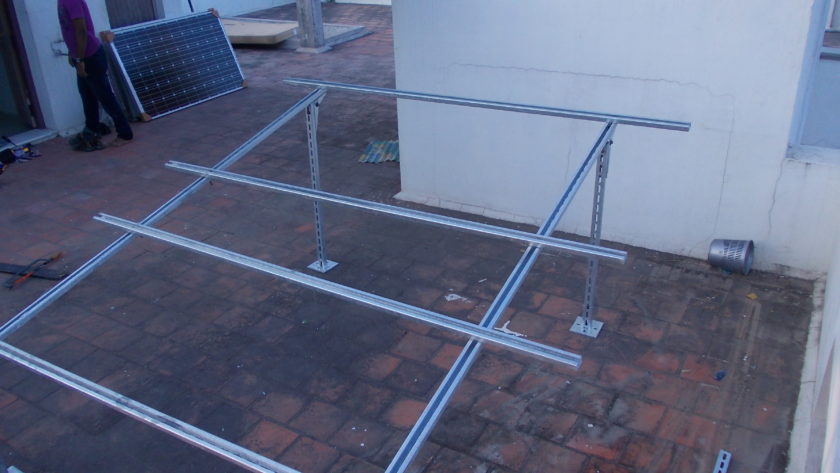
- Solar Grid Inverter
Inverters are the heart of the system. These inverters are very important part as they decide what has to be done with the generated solar energy. These inverters have inbuilt charge controllers that is used to regulate the power supply from the solar panels. The conversion of the DC power from solar panels to AC power is done by the inverters. These inverters are of various types viz. string, central and micro inverters.
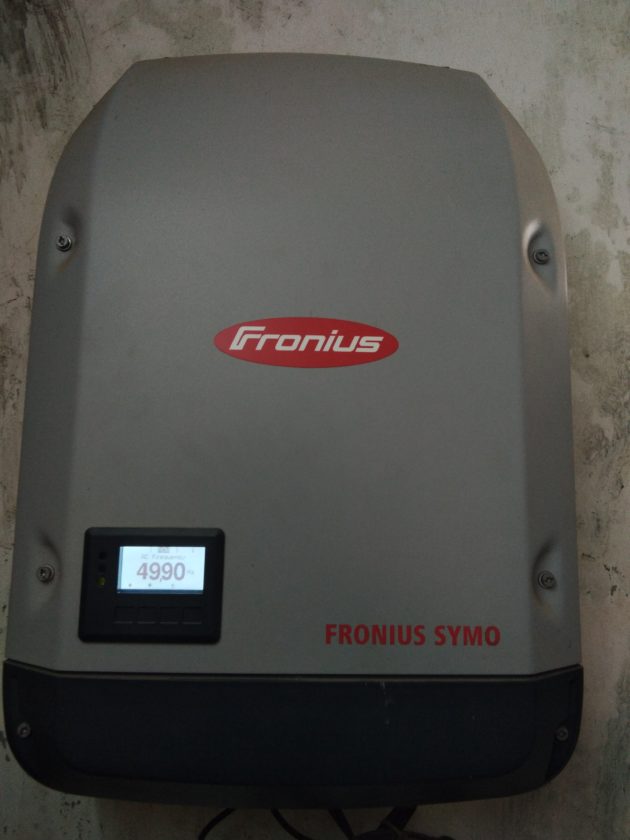
- DC Cables
These cables are used to transfer the energy. These DC cables are designed to last in the various weather be it extremely high or low temperatures and during heavy rains. These are built to last in outdoor conditions.
- Array Junction Box
The array junction box is used to connect multiple solar panels in parallel. The size depends on the system capacity. It also houses protection devices like surge protection devices. It is also called DC Distribution box.
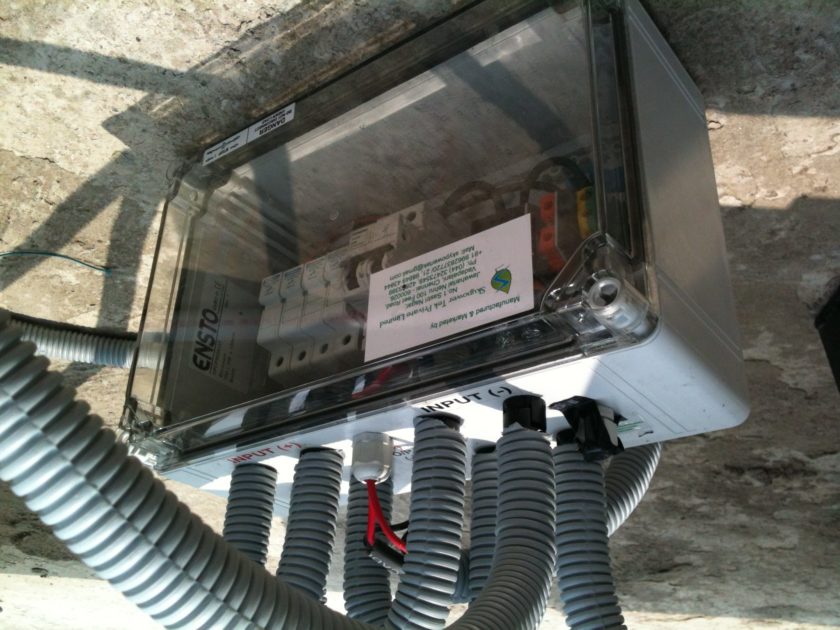
- AC Distribution box
The AC distribution box is used to make connections between the solar inverter and Grid supply.
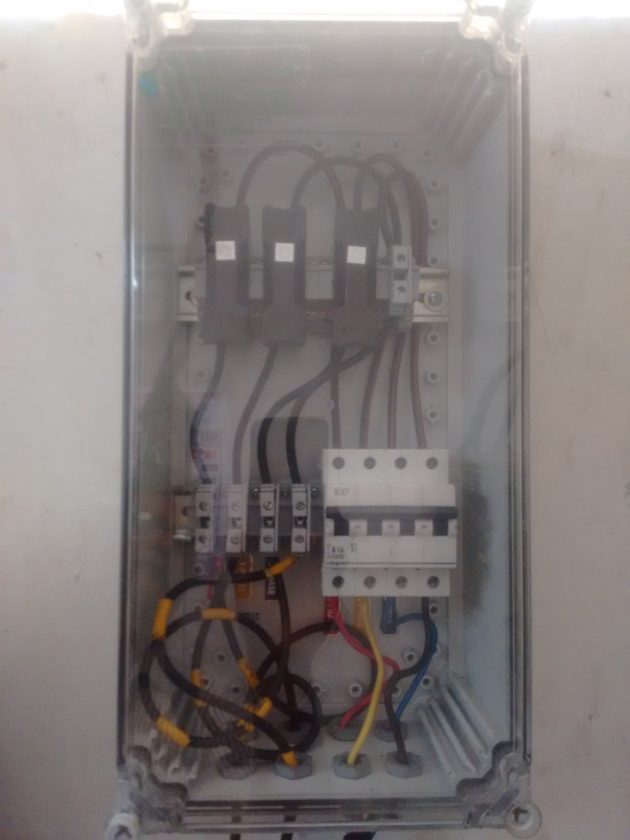
- Lightning Arrestors and Earthing Components
Lightning Arrestors, coupled with earthing components is used to protect the system from thunders and lightning.
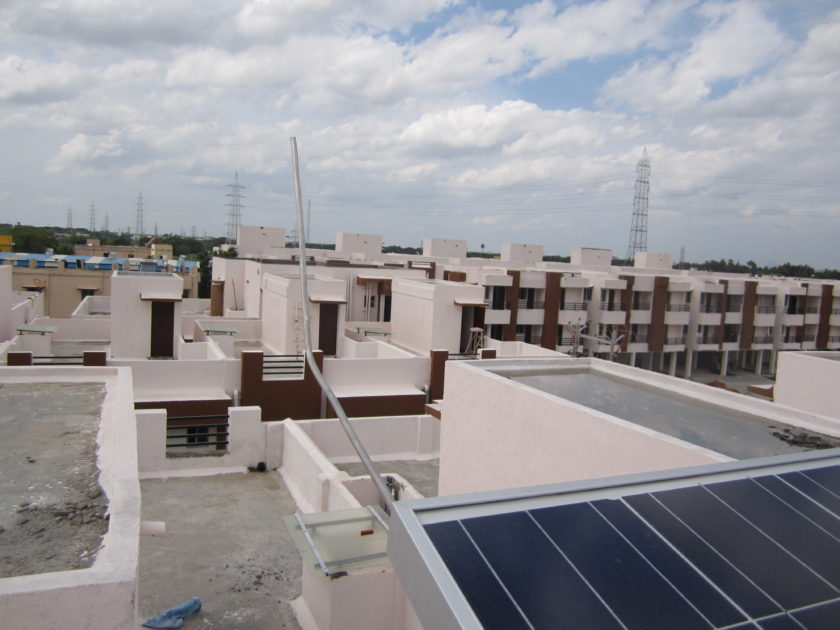
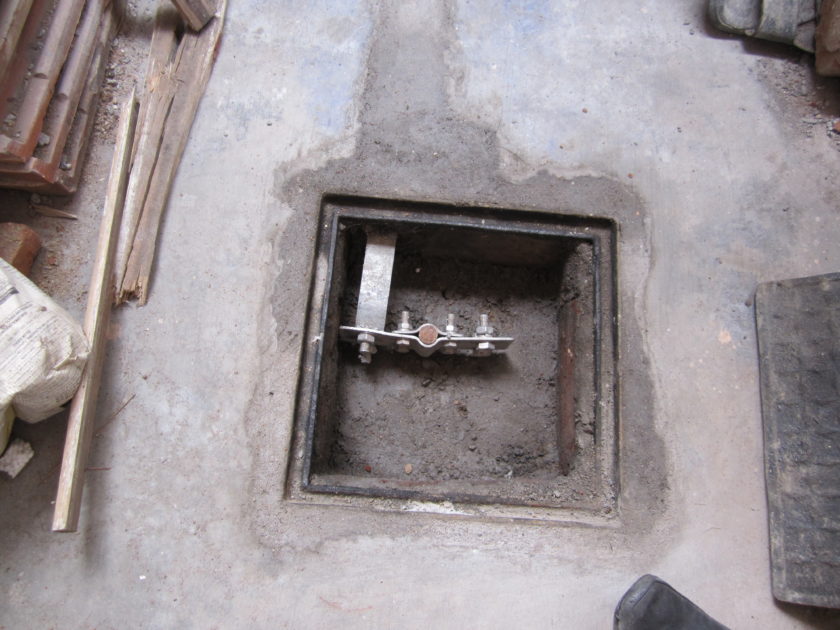
Read: How to choose the right solar power plant capacity
Bi Directional Meter
In order to calculate the amount of solar energy exported to the grid and the amount of Grid power imported, a bi directional meter is used.
(For the best view in mobile, rotate the device horizontally)

